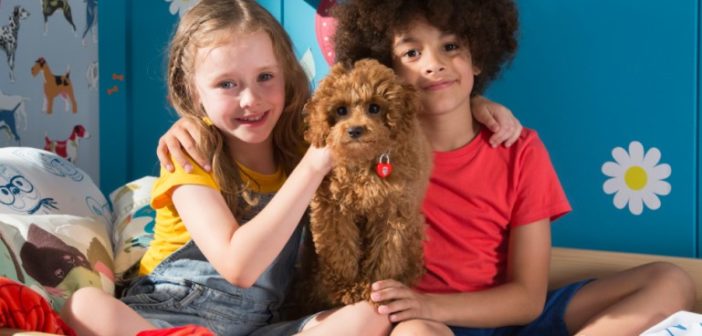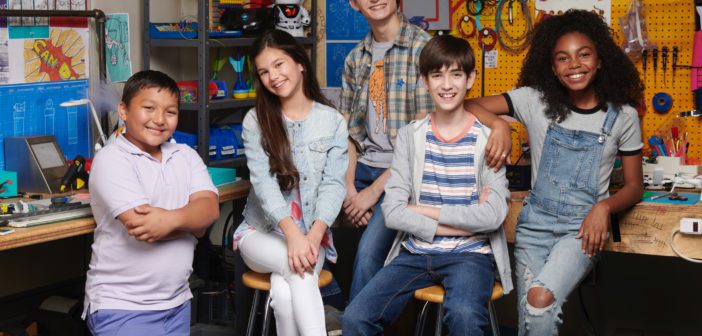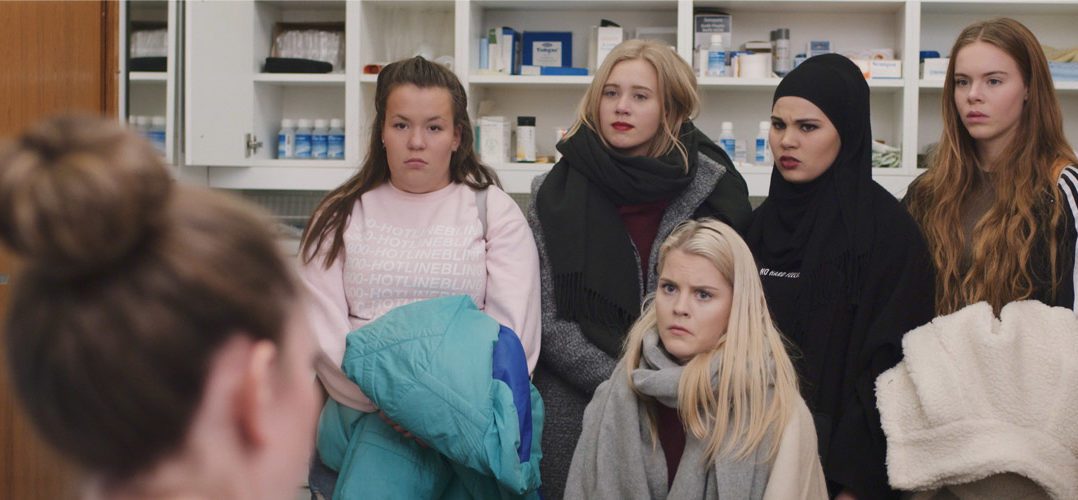According to DHX Media’s vice-president, original production, Michael Goldsmith, the golden age of drama is not just benefitting adults. Talking about the current strength of kids drama around the world, he says: “There’s never really been a better time to make television shows in this genre. There are more buyers, and there just seems to be a bigger appetite for different kinds of kids live action right now.”
At first sight, this seems to run counter to orthodox thinking in the kids production business, which is that live action doesn’t travel as well as animation – and it is, therefore, more difficult to justify investing in the genre. But there are a few reasons why kids live action seems to be experiencing its own mini-boom.
1. Co-production
Just like the grown-ups, children’s producers have worked out how to make high-end dramas built on cross-border partnerships. The best example is Cottonwood Media’s Find Me In Paris (below), an English-language time-travelling fantasy adventure set against the backdrop of the Paris Opera House. Supported initially by France TV and ZDF/ZDF Enterprises, subsequent buyers have included Disney France/Italy, Nickelodeon UK, NBC Universal US, Hulu and ABC Australia – which just goes to show it is possible to unify partners around a strong concept. ZDFE deserves an extra mention for its long-term work with Jonathan M. Schiff, most recently with Bureau Of Magical Things.

2. Scripted formats
Here’s another tried-and-tested approach that the kids sector has embraced. The outstanding example is Skam (Shame, top photo), the NRK Norway teen series that was remade for Germany, France, Italy, France and the Netherlands. Keshet International has also seen one of its Hebrew kids shows, The Greenhouse, adapted into English for SVOD platform Netflix.
3. Expansion into preschool
In recent years, UK producer Darrall McQueen has cracked the code for producing live action for the older end of the preschool market – examples being Topsy & Tim and Waffle The Wonder Dog. Interestingly, these English-language shows are also selling well internationally, which the company believes is partly down to improved dubbing – though also combined with great storytelling and engaging characters.

4. Public funding
Public broadcasters and various national governments view kids live action as a strategic priority because it reflects children’s local culture back at them – which is why there is such a strong roster of titles from the likes of the BBC and ABC Australia. Historically, such shows would have seemed too parochial for the international market. But as with adult drama, attitudes are changing – so that audiences around the world are more responsive to hyperlocal stories with genuinely universal themes. The rise of so many TV and digital outlets also means there are plenty of places to place these shows.
5. Global storytelling
In parallel with the rise of hyperlocal storytelling, the likes of Disney and Nick have also proved that aspirational half-hour comedies for kids can attract an international audience. And now Netflix and DHX are part of that club. The latter has just unveiled a gymnast-themed series Up In The Air, following on from The Next Step, Backstage, Bajillionaires and Creeped Out. In part, the success of these shows is down to their superb acting, writing and production. But Nina Hahn, senior vice-president, international production & development, Nickelodeon, hits on another key point, which is that “one of live action’s strengths is that you can get it to market faster than animation, making it reflective of trends and developments”. This is a critical consideration at a time when social media drives shifts in youth thinking and behaviour at lightning speed.

6. Smart Production
The global players have worked out how to get more value for money through hub productions. At Nick, for example, Hunter Street and I Am Frankie are successful examples. As outlined in the MIPTV Preview Magazine, Beth Stevenson’s studio Brainpower has addressed the economics of kids live action by positioning her business as a self-sufficient studio/distribution operation that turns out a high volume of TV movies and series each year. An example of the latter is The Ponysitters Club, licensed to Discovery Kids LatAm and Netflix. Stevenson says that there is also healthy demand for family/ tween singles that helps support her series ambitions.




